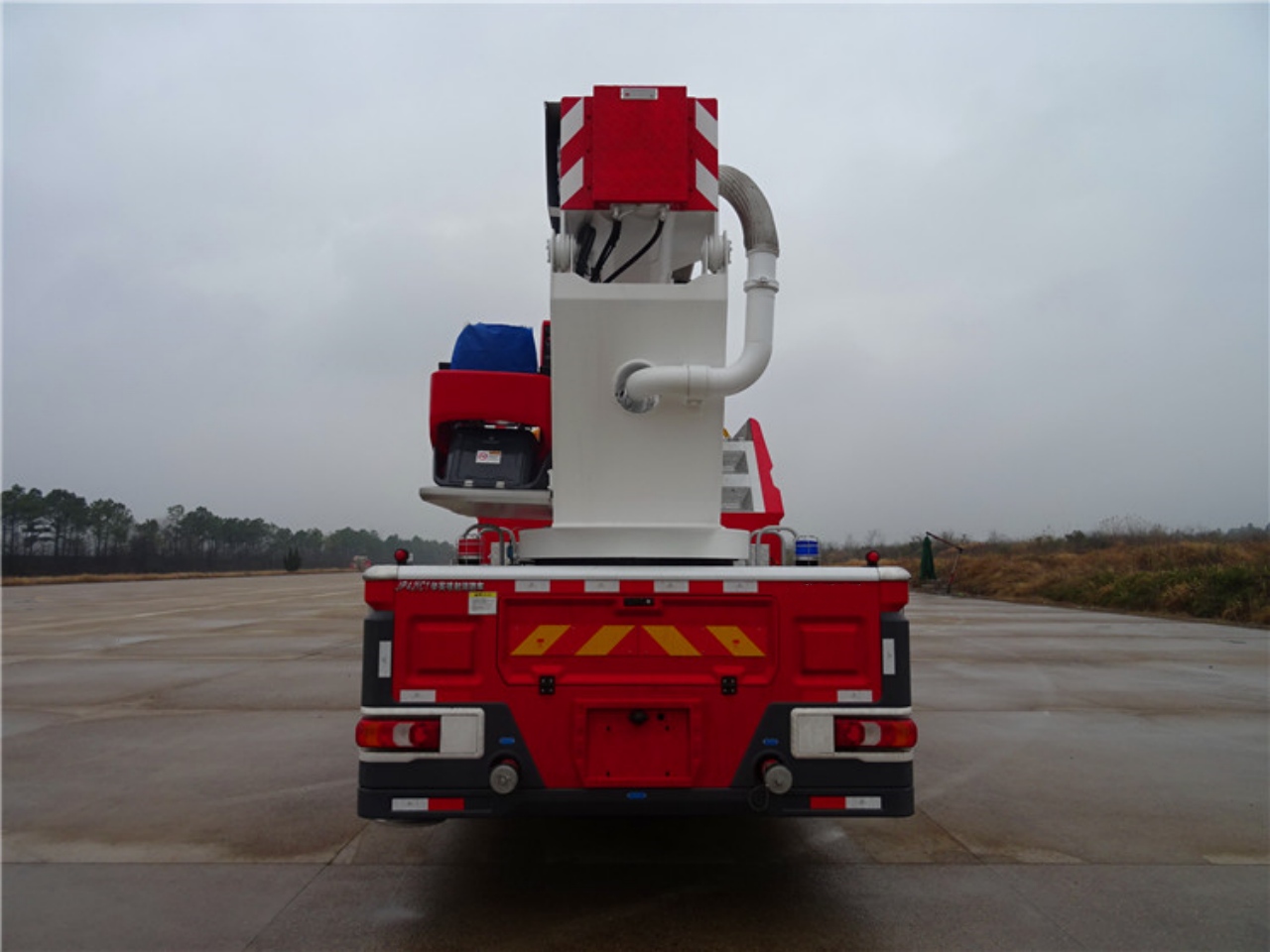When people think of fire trucks, speed is 1 of the first things that comes to mind. Sirens blaring, lights flashing, barreling down the road — these emergency vehicles are iconic symbols of urgency. But how fast is a fire truck? What determines how fast it can go, and what limits its top speed? In this article, we’ll break down the real-world capabilities of fire trucks, how they compare to other vehicles, and why speed isn’t the only priority when it comes to emergency response.
The Basics: What Kind of Fire Truck Are We Talking About?
Not all fire trucks are created equal. When asking how fast a fire truck is, we need to clarify what type of vehicle we mean. Fire departments operate several kinds of apparatus, including:
- Pumper Trucks (Engines): These are the most common fire trucks, equipped with hoses, water tanks, and pumps.
- Ladder Trucks: These feature extendable ladders and are often larger and heavier than pumpers.
- Rescue Trucks: Designed for specialized operations, such as technical rescues or hazardous material incidents.
- Wildland Fire Trucks: Smaller, off-road capable trucks used in rural and forested areas.
Each of these has different designs, weights, and purposes — all of which affect how fast they can move.
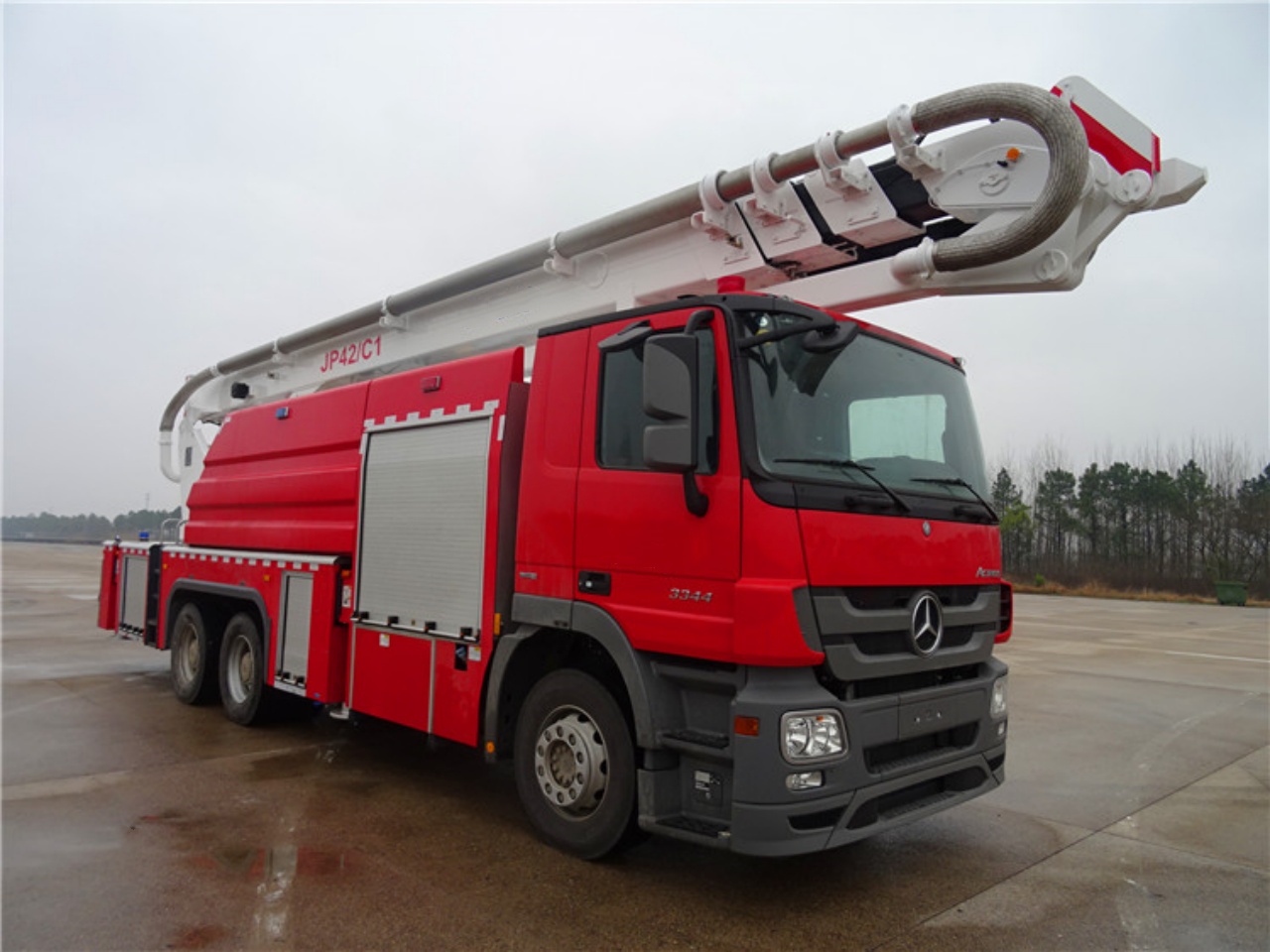
Average and Top Speeds
Fire trucks are built on heavy-duty commercial chassis, often resembling large freight trucks. They are not designed to be sports cars — they are designed to carry heavy loads of equipment, water, and personnel safely.
- Average Top Speed: Most standard fire trucks can reach top speeds between 55 to 70 miles per hour (88 to 113km/h).
- Highway Driving: On highways or open roads, it’s not unusual for a fire truck to maintain speeds of 60 mph (97km/h) if traffic and road conditions allow.
- Urban Driving: In city environments, speeds are much lower due to traffic, pedestrians, and intersections, usually averaging 20 to 40 mph (32 to 64 km/h).
While they can technically go faster, fire trucks are often governed (speed-limited) electronically to reduce risk.
Factors Affecting Fire Truck Speed
There are several reasons why fire trucks don’t travel at extremely high speeds — even in emergencies:
1. Weight and Size
Fire trucks are extremely heavy. A fully loaded pumper truck can weigh 19 to 30 tons (38,000 to 60,000 pounds). Ladder trucks, especially those with tandem rear axles and extendable aerials, can weigh even more. This mass limits acceleration and braking, both critical for safe emergency driving.
2. Stopping Distance
The heavier the vehicle, the longer it takes to stop. At high speeds, the stopping distance of a fire truck is significantly longer than a passenger car. For safety, drivers (usually called engineers or operators) are trained to manage speed carefully, especially when approaching intersections.
3. Vehicle Design
Fire trucks are built for durability, stability, and function, not aerodynamics or high-speed performance. Their tall, boxy design and high center of gravity make them prone to tipping if turned too sharply at speed.
4. Driver Training and Protocol
Firefighters who operate the truck undergo specialized training for emergency vehicle operations. They are taught to drive defensively, anticipate hazards, and maintain control rather than simply go fast. Fire departments also enforce strict policies to reduce risk to the crew and public.
5. Road and Traffic Conditions
Even with lights and sirens, fire trucks are not invincible. They must obey basic traffic laws like yielding at red lights or stop signs (though with caution) and must navigate around slower-moving or inattentive drivers. Speed is often limited by congestion, narrow roads, or adverse weather.
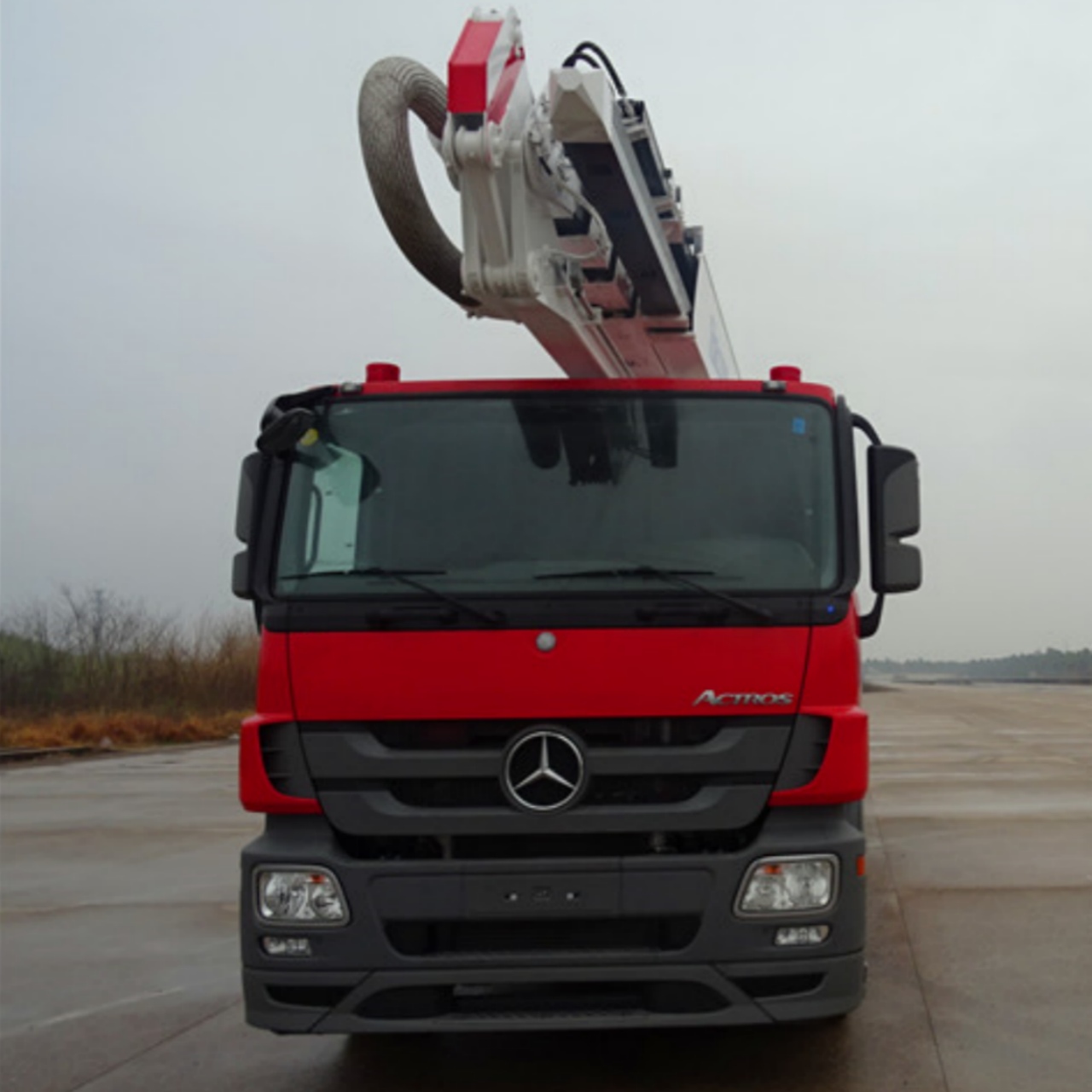
Do Fire Trucks Get There Faster Than Other Emergency Vehicles?
Interestingly, fire trucks are not the fastest emergency vehicles. Police cars and ambulances — built on lighter, more agile chassis — can travel faster and weave through traffic more easily. A police cruiser can exceed 120 mph (193 km/h) in pursuit scenarios, while ambulances might reach speeds of 80–90 mph (129–145 km/h) depending on the type.
But fire trucks often lead the response in structural fires or multi-agency incidents due to their equipment and manpower. In these cases, it’s more important that they arrive safely and ready to act than simply arriving first.
Real-World Examples
- In New York City, FDNY trucks average about 30 to 40 mph (48–64 km/h) in transit due to dense traffic.
- In rural areas, volunteer departments may reach higher speeds on open roads, but risks also increase with less predictable conditions.
- In high-speed emergencies, such as wildfires, off-road-capable fire engines (Type 3 or Type 6 trucks) may travel at highway speeds — but they’re still restricted by terrain and load.
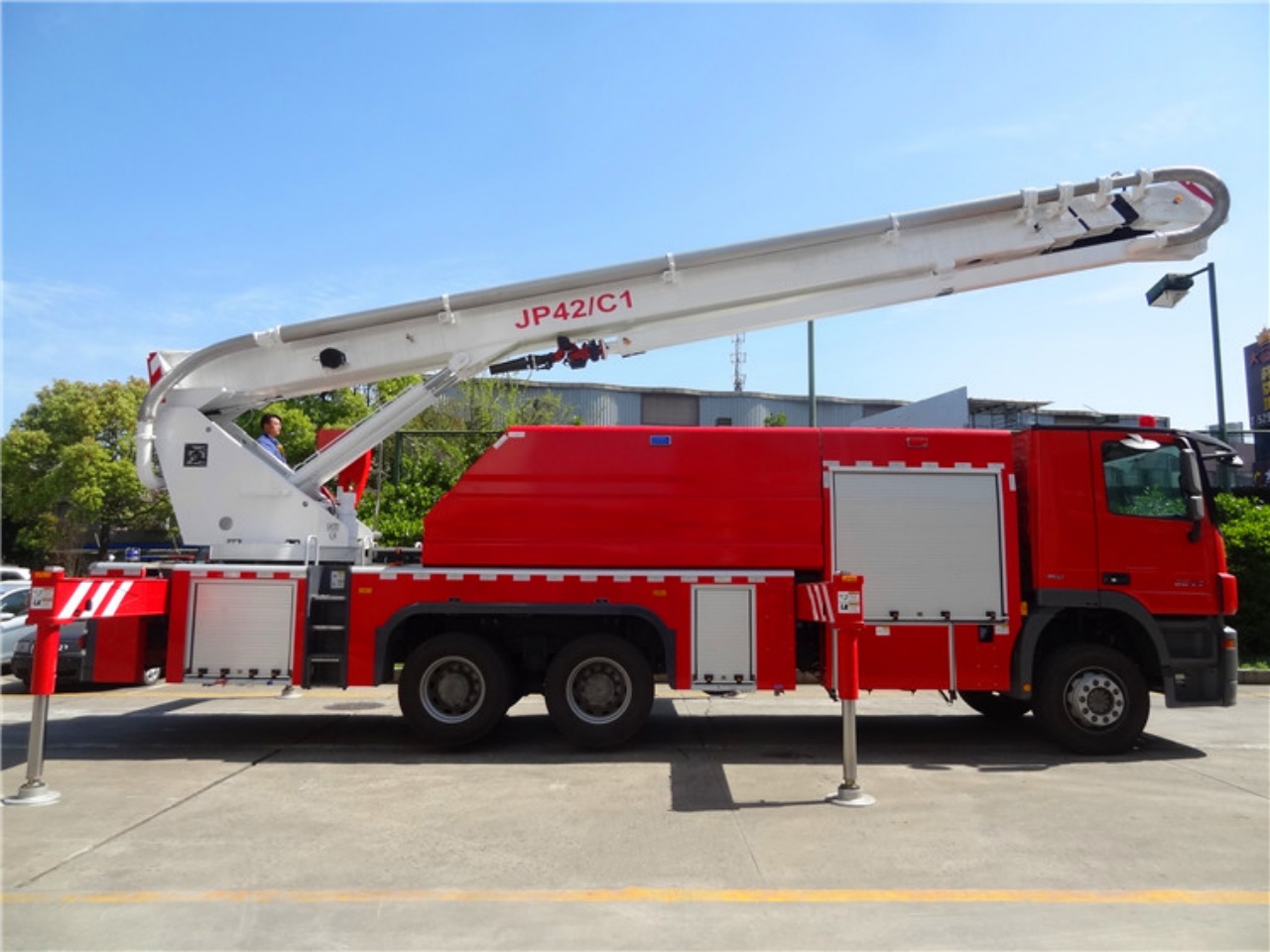
Are Fire Trucks Speed-Limited?
Yes, most modern fire trucks are equipped with speed governors — electronic devices that limit maximum speed. These are usually set by the department or manufacturer, typically around 60–70 mph. The goal is to balance urgency with safety.
Speed vs. Efficiency
While we often think speed = better response, in fire services, efficiency and preparedness are just as important. A fire truck needs to arrive:
- With a full crew (usually 3–6 firefighters)
- With all necessary equipment intact
- Without having caused or been involved in an accident
A truck that crashes en route, or arrives without essential tools, can’t help. That’s why departments invest heavily in driver training, dispatch coordination, and route planning to optimize response without reckless speeding.
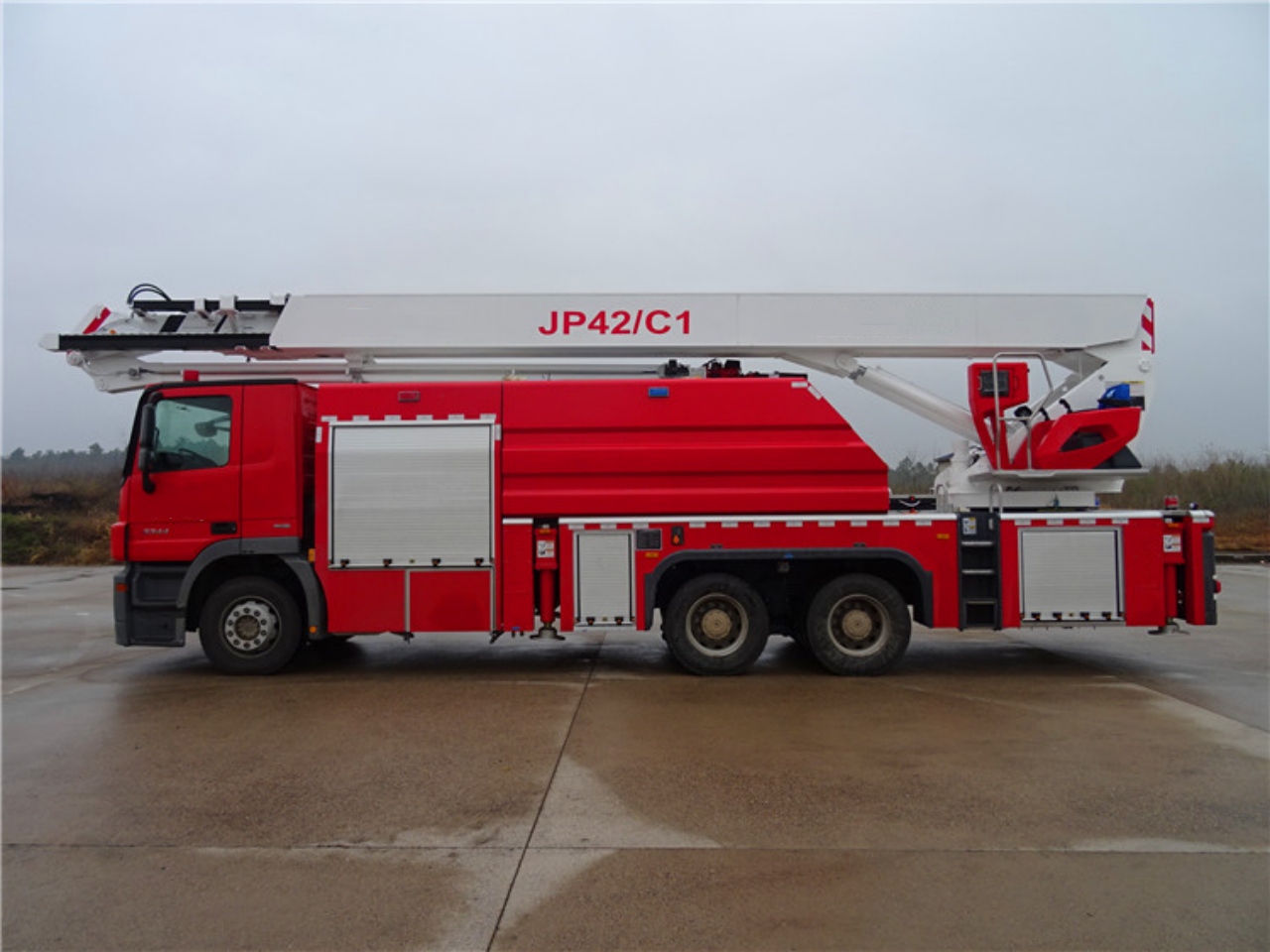
Technology and GPS Optimization
Modern fire departments use GPS-based dispatching systems, pre-planned routing, and real-time traffic analysis to reduce response times. In some cities, traffic light preemption systems allow fire trucks to trigger green lights as they approach intersections, improving speed safely.
Conclusion: Fast Enough to Save Lives — Safely
So, how fast is a fire truck? Technically, many can hit 70 mph or more — but in practice, they rarely do. Their speed is carefully regulated to prioritize safety, stability, and mission readiness. It’s not about getting there first — it’s about getting there ready.
Fire trucks balance the need for urgency with the realities of physics, road safety, and equipment integrity. With highly trained drivers, coordinated dispatch systems, and smart vehicle design, these emergency giants are fast enough to make a difference — and steady enough to do it right.
